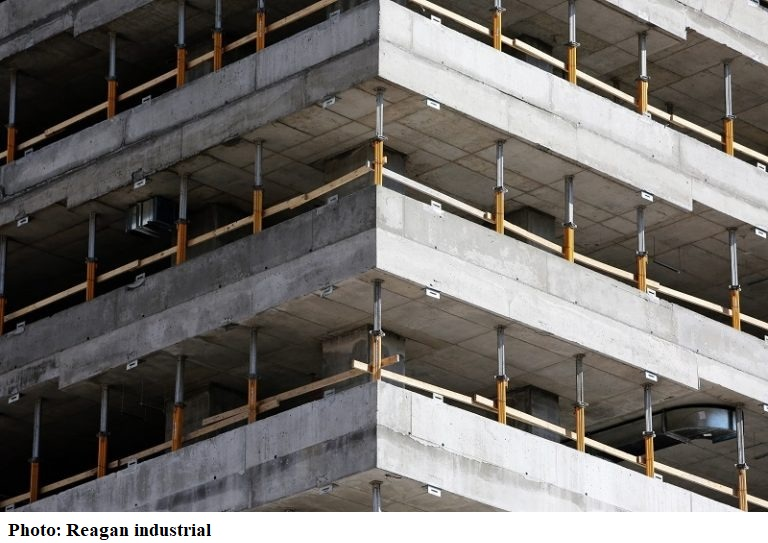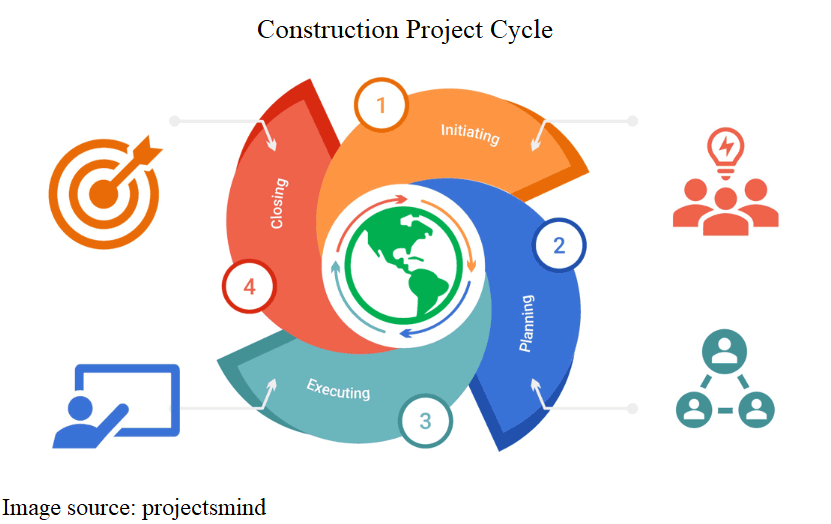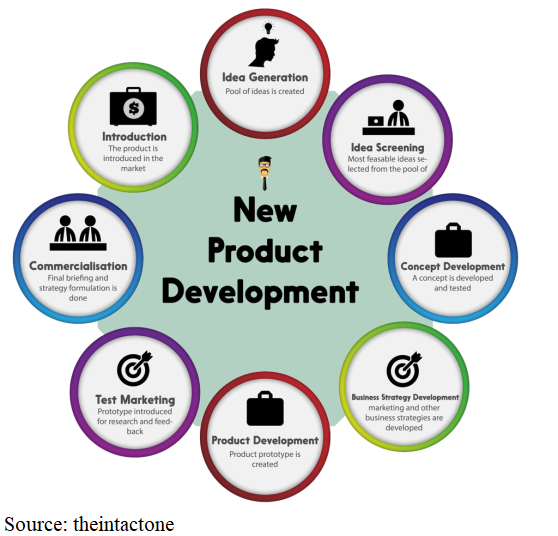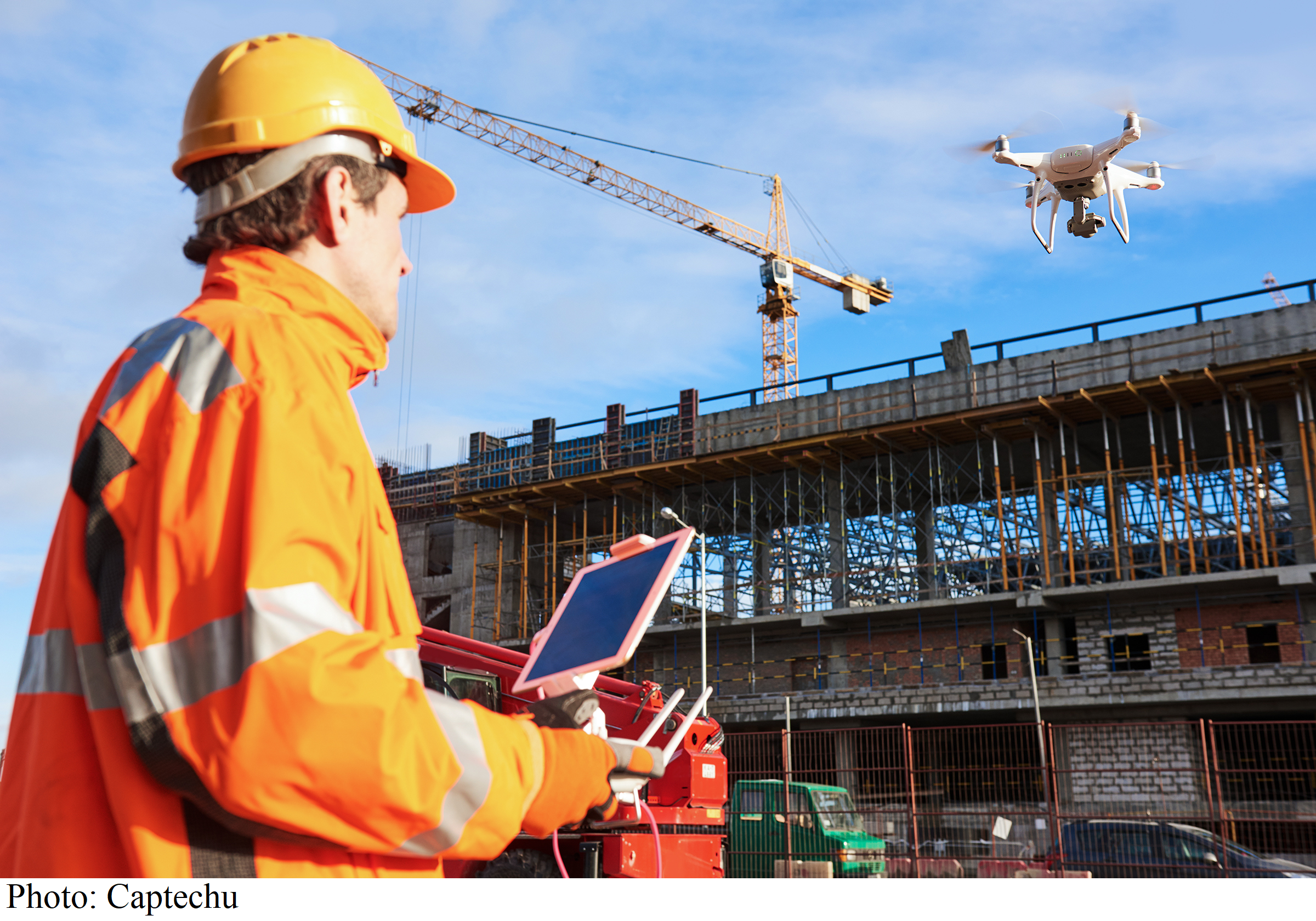Materials as a construction product feature
Many people would never think of construction as a product, but it is. The combination of labor, raw materials, skills, and other resources makes the structure a product, just as different products are made from a process. Developing a structure is a modular approach that involves a combination of different materials and strategies. Read through this article and learn how construction products are carried out and the factors that come into play.
Construction works involve planning and laying down the structure before the actual building of a physical structure. It combines a myriad of services, from design, and assembly of materials to financing, to come up with the final product, a house. The end product may be used as an office, home, road, bridge, etc.
Related: Sustainable Road Construction Methods in 2022
When creating new products, contractors should set a product management approach that clearly defines the scope of the construction project. The management approach should serve as a benchmark to help the contractors set the minimum acceptable standards that help address customer needs. Defining the product and defining the client’s needs prevents any challenges and helps deliver the project within the required timeframe and within budget.
Setting a clear product definition helps understand the clients better and provide the products at a reasonable price affordable to the clients. This boosts the efficiency, productivity, and profitability of the construction business.
There are different types of structures, permanent, semi-permanent, and temporary, depending on the materials used for construction. Permanent buildings are made of concrete, cement, and steel, among other strong materials. You can also build temporary products using wood or glass. Whatever materials you may use impact the quality and durability of the product. The sustainability of construction products largely depends on the quality of materials used.

Temporary building products may lack a solid foundation to support the building in harsh weather conditions. Such facilities are prone to hazards such as fire, and floods, among others. The selection of construction materials is very crucial since it has a direct impact on the quality of the product. The materials must also be used correctly, as per the required standards. Failure to use the correct ratios of the building components may pose a significant risk to human life in case the buildings collapse.
Building companies must emphasize the quality of materials since this is the first determinant of the quality of the construction as a product. The materials may be clustered in different categories to suit various features of the construction product. For instance, manufacturers may use strong materials such as iron and bricks to create a strong foundation for the house to give it more durability against any natural hazards. Installing state-of-the-art materials provides new products with an aesthetic status making them more appealing.
Also, using some materials may avert the risks caused by environmental pollution. For example, using recycled materials, like glass and recycled plastics, paper, and so on, reduces the environmental impact of the construction product. To sum it up, the proper selection of materials plays a crucial role in determining the characteristics of the construction as a product.
Construction Product Strategy
So what’s a construction product strategy? This is an approach to designing construction projects to meet the customers’ expectations. It involves defining construction projects, identifying the target market and implementation, and delivering the product to the target customers. The construction product strategy provides the overall guidance to ensure that the product is aligned with the customers’ needs. A good construction product strategy sets the business ahead of its competitors in terms of productivity and profitability.
Construction product vs. construction project
The process of a construction project is what results in a construction product. So the construction product is the end product which is a house, bridge, road, and so on. The construction product is the physical manifestation of the project, and it is the product that is sold or leased to the client at the end of the construction process.
On the other hand, the construction project involves planning, designing, financing, hiring, site preparation, procurement of materials, and so on. It’s the process that yields the final tangible facility. It involves bringing together all the stakeholders, ie. Project owners, engineers, architects, contractors, and so on to make the product a reality
New Construction Product Development vs. Existing Construction Product Management

A new construction project involves creating and launching a construction product. You must define the product features and target market, develop a budget, marketing strategy, market entry strategy, and the overall development process. Anew product development must address the market needs to cover a large market share. In addition, new projects should have innovative features to have a competitive edge in the market.
Existing construction product management involves maintaining the existing products in the market. This means improving the current products to be adaptive to the new market requirements e.g. adding new features to the existing products, and adopting a competitive pricing strategy. Existing construction product management is very crucial. Without it, the product may become obsolete and lose its competitive edge. Improving the product ensures that the product is in line with the current trends and customer wants. The market demand changes, so the product must keep changing to meet the new customers’ expectations.
New Products Development in Construction Business
The following are the critical steps involved in developing new building products.

Identify the market needs
The first step in new product development is identifying the market needs. This means understanding what the potential customers need, which requires thorough research. This involves meeting existing customers, asking questions, and getting feedback about market trends.
Define the product features
Secondly, define the product and the product features: This means determining the product’s functionality, its appearance, among others, and how each feature will meet the customers’ expectations. Choose the most important features that will bring the product closer to the market. Different types of product features affect customers differently.
Create a pricing strategy
Create a pricing and marketing strategy. A good pricing strategy means giving customers value for their money. It can mean something other than selling your product cheaply.
Implement the delivery process
The next step is implementing the delivery process. This is a very crucial process as it determines the project’s efficiency and effectiveness. The project manager must invest in the installation of modern technologies that ensure the product meets acceptable standards. It is also important to partner with suppliers and contractors to ensure that materials are readily available on demand. Installation of modern technology helps complete the project in time and also helps increase effectiveness.
Evaluate the product’s performance
Lastly, the project manager should evaluate the product’s performance. Different types of products meet different customer needs. At this point, the contractors should evaluate the performance of the products in the market and address any gaps. It’s important to create a list of any challenges the customers may face and identify areas that need adjustments.
Construction Product Management
Construction, just like any other product, requires proper management. The manufacturer oversees the product development phases, makes improvements where necessary, and ensures that the product adopts the latest market trends. This is the same case with the construction industry. Once the construction product hits the market, the product manager oversees its entire life, from launch to exit. The process involves managing product entry, market positioning, market performance, and so on. New improvements can be made to the product to meet customer demand and maintain a competitive edge. Proper product management distinguishes the product from its competitors in the market and helps ensure the project goals are achieved.
The environment in Construction Products
In every product development cycle, the conservation of the environment should come first. The construction industry is widely known for its destruction of the environment, which poses a significant health risk. Therefore, construction companies must be on the first line to conserve the environment by adopting healthy practices, proper waste management, and conservation of natural resources. This can be attained by installing technologies that do not pollute the environment throughout the construction process. It is also essential that the manufacturers adopt environmentally friendly options when making construction materials. In a nutshell, the whole process requires a collaborative approach that sees all stakeholders reduce the environmental effects of the construction industry to save a life.
Value of Product Standardization in Construction?
Standardization generally means adopting methods that meet the generally accepted ways of doing something. This includes design, materials, construction methods, safety, and human resources. Setting the best standards to ensure quality meets the customers’ requirements is essential. This boosts efficiency and reduces complexities in construction, reducing unnecessary costs. Standardization remains the best approach in construction since it reduces any threat that may result in using low-quality materials. So, let’s look at some advantages.
Improved productivity
Streamlining the production process boosts efficiency and effectiveness, leading to high quality. It also reduces the complexities involved in the overall process.
Enhanced safety
Setting material standards ensures that the construction business only uses high-quality products, increasing safety. Substandard materials may pose a safety threat during construction and even during occupation.
Promotes Compatibility
The construction procedures bring different materials and systems together to form a physical structure. To bring various materials and systems to work together, a number of factors are considered, quality, rations, time, and so on. This can only be done without compromising the quality of these materials. Material and systems interoperability facilitates the integration of new technologies into the construction industry.
Boosts environmental conservation
Standardization can bring sanity to the environment when proper materials are used. Construction involves the extraction of materials from the earth, which, if left uncontrolled, can be very hazardous to the environment. Standardization, therefore, helps reduce such pollution that may pose a risk to life.
Construction Product Threats
Threats to construction products can be divided into four categories:
Design and material defects
Using low-quality building materials can lead to increased hazards like accidents. Defects may emanate from low-quality materials, wrong material rations, improper designs, poor testing, and so on. These can lead to other costs like repairs, or even the building collapsing.
Market change
The market chain keeps on changing from time to time due to issues like changes in customer preferences, government policies, economic change, and so on. These may have an adverse effect on the profitability, pricing, and margin or even lead to total losses.
Competition from emerging products.
Just like other businesses, construction products are also faced with competition. Other firms may offer the same or better products at a better price. Manufacturers are creating more innovative products at a lower cost, affecting the market for similar products.
Change in technology
The construction as a product continues to evolve like any other product. New technologies are emerging in the market each new day, thereby affecting the manufacturing cost, which in turn affects the margin. Manufacturers must keep changing to adopt the latest technology to avoid losing the market. This can be expensive.
Threats impact the business performance and, if not mitigated, can lead to a total shutdown. Businesses must foresee potential threats and quickly adapt to respond to the changing market.

Conclusion
Proper Construction product management requires planning and coordinating building products to produce a physical structure. The construction managers must ensure that everything is at the right place and time. The manufacturers must foresee the potential risks and create products that address such risks. Careful planning and coordination of construction materials help improve the project’s overall efficiency and reduce any complexity in the process.
Anyone investing in the construction industry must bring all stakeholders on board and create a sustainable solution for construction needs. EpiProdux helps improve your product management and boost the profitability of your business. Create a free account on Epiprodux to get the best construction solution.


